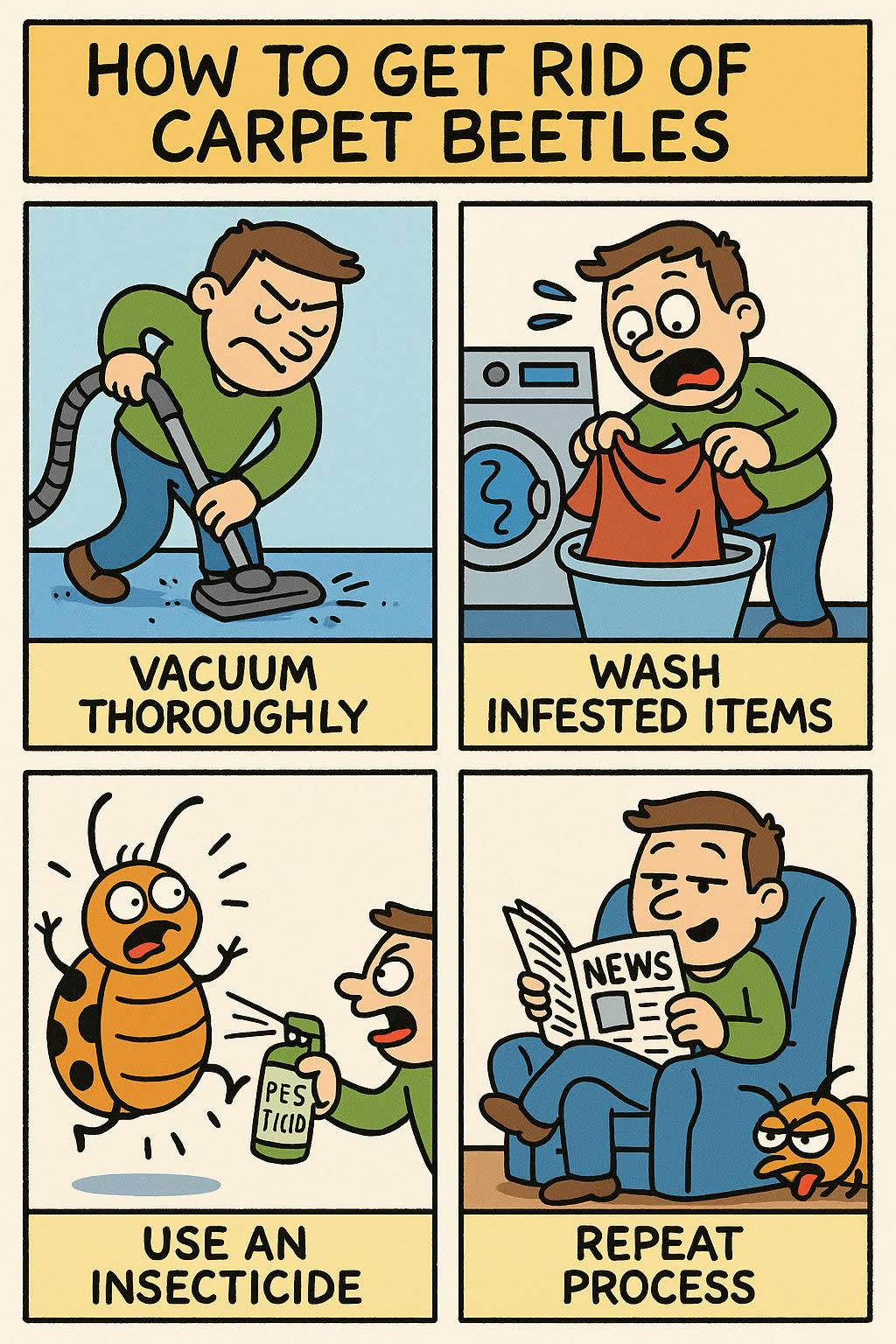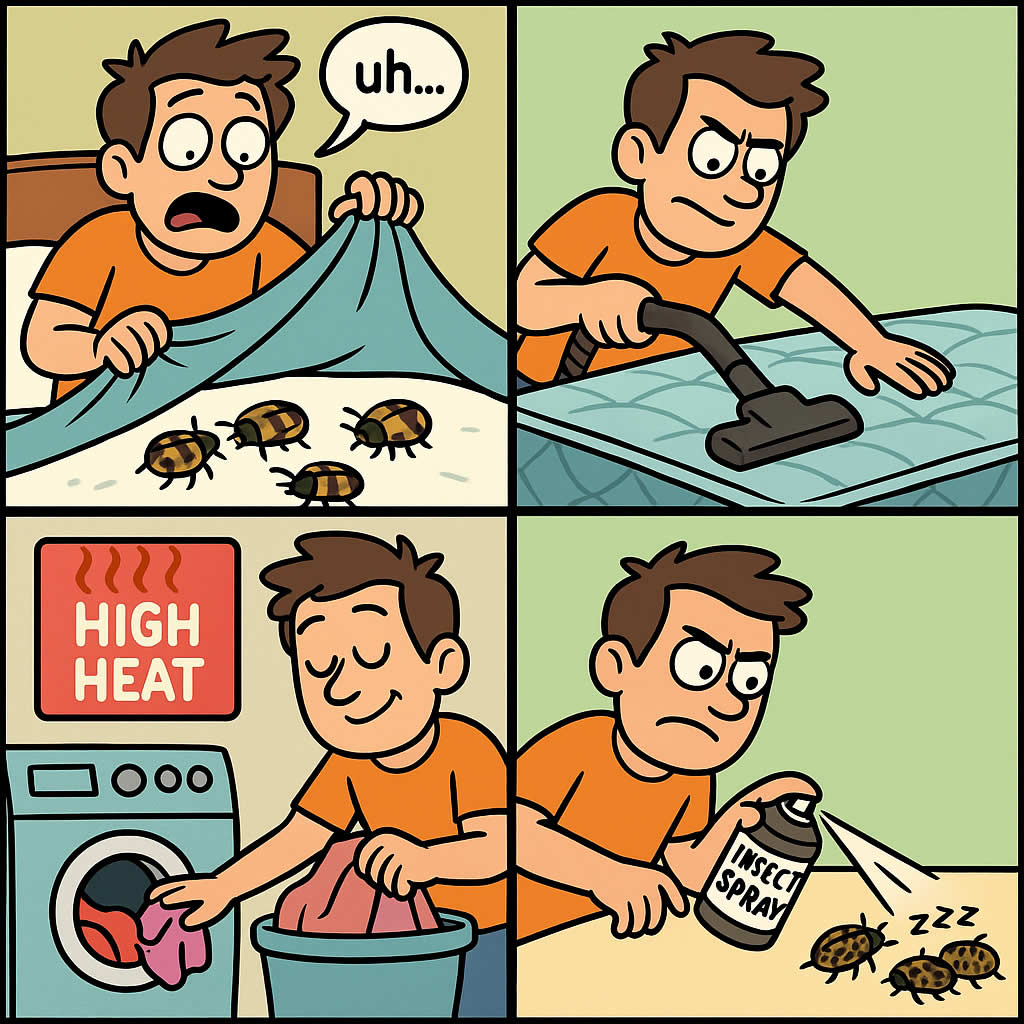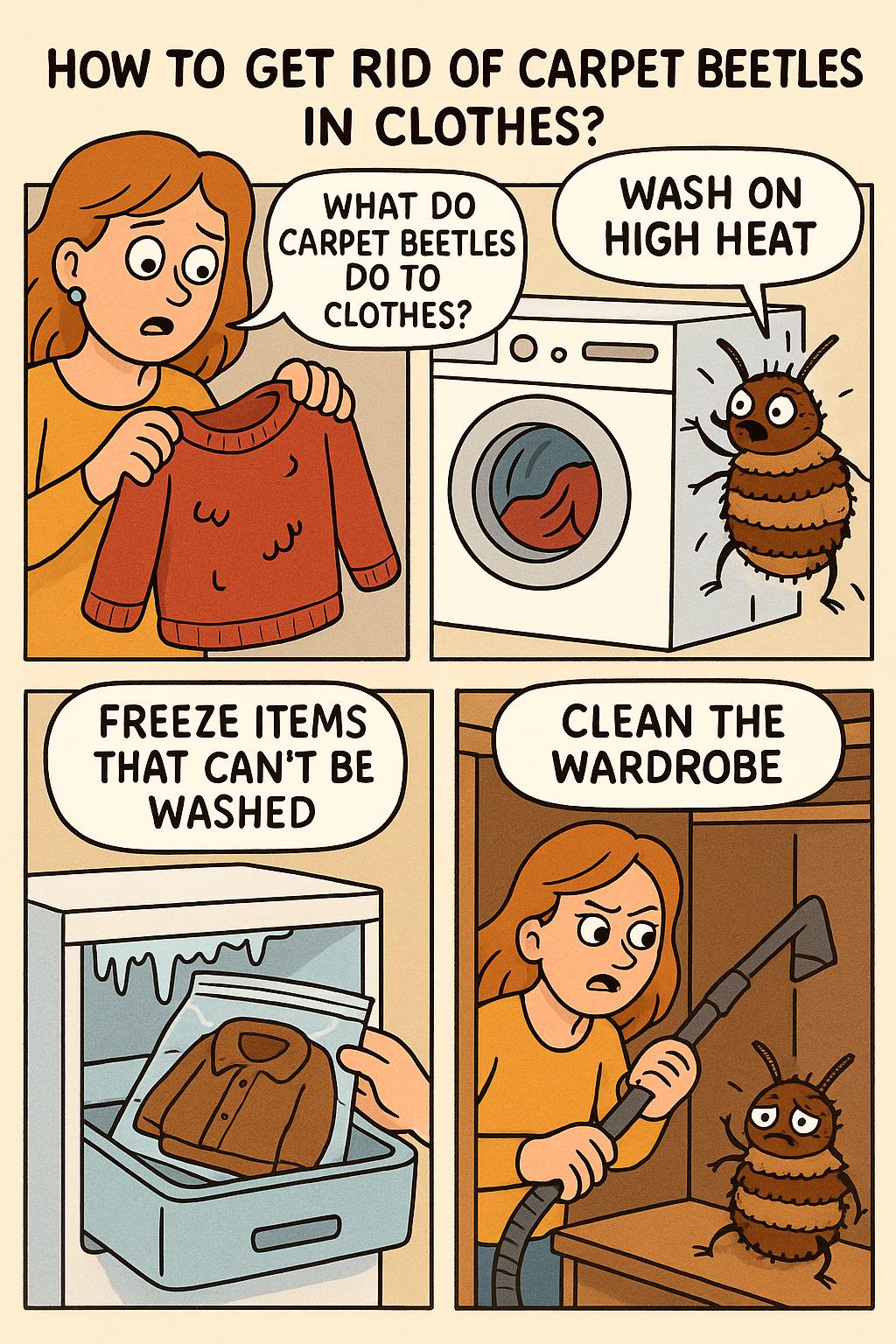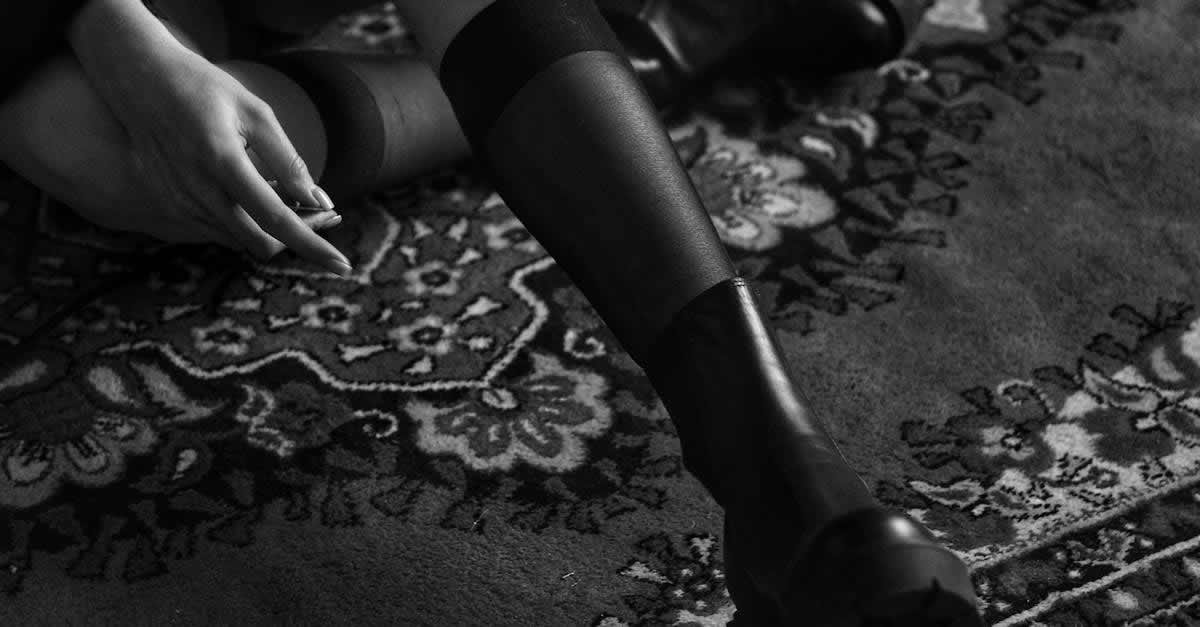Related Queries
ToggleCarpet beetles are small, but the damage they can do around your home? That’s not so small. If you’ve spotted one or two and you’re wondering what’s going on, you’re not alone. Loads of people across the UK deal with these pests, and the earlier you catch them, the easier it’ll be to sort things out.
Let’s walk through how to get rid of carpet beetles properly – using everyday language, no fluff, no gimmicks. Just clear steps and honest advice.
What are carpet beetles, and why are they in your home?
Carpet beetles are tiny bugs that feed on natural fibres. Think wool, silk, leather, feathers, and even pet hair. It’s not so much the adult beetles that cause the damage – it’s the larvae. These little things look like furry caterpillars and love dark, undisturbed places like behind skirting boards, under furniture, or inside wardrobes.
They might have come in through open windows or doors, or they could’ve hitched a ride on flowers, clothes, or second-hand furniture. Once they’re inside, they settle in and start feeding – especially in spots you don’t check very often.
How do you know if you have carpet beetles?
You might not see the beetles themselves right away, but there are a few signs to watch for:
- Bald patches or holes in carpets, clothes, or soft furnishings.
- Tiny brown cast-off skins (shed by larvae as they grow).
- Small, round beetles crawling near windowsills or light fittings.
- Larvae that look like brown, hairy worms, often tucked away in corners or under furniture.
If you spot any of these signs, it’s a good idea to act quickly. The longer they stay, the more damage they can do.
Can carpet beetles live in your bed?
They can, but they’re not like bed bugs. Carpet beetles don’t bite you, but they do like materials such as feather pillows or woollen blankets. So if your bedding’s made from natural fibres, then yes – they might crawl in, especially if your bed is close to the floor or doesn’t get moved around much.
You might also notice small itchy bumps. These aren’t bites – they’re allergic reactions to the bristly hairs on the larvae. If you think they’re in your bedding, give everything a deep clean and vacuum underneath thoroughly.
Where do carpet beetles hide during the day?
Most of the time, carpet beetles and their larvae keep to dark, hidden spots. During the day, you’ll usually find them:
- Under rugs or carpets
- Inside wardrobes or drawers
- Behind skirting boards
- Inside air vents or loft spaces
- Under sofas or beds
They’re not too fussy, as long as it’s quiet, dark, and there’s something natural to chew on.
What instantly kills carpet beetles?
There’s no one thing that gets rid of them instantly, but a few things do work fast if you use them properly.
- Vacuuming regularly is your first defence. Use the crevice tool and get into every edge, corner, and seam.
- Washing fabrics on a high heat (at least 60°C) can kill larvae and eggs.
- Steam cleaning works wonders for carpets, curtains, and upholstery.
- Insecticides that are labelled for carpet beetles help too, especially for cracks and crevices. Look for products with permethrin or deltamethrin.
- Diatomaceous earth (the food-grade kind) is a natural powder that kills beetles by drying them out. Sprinkle it into problem areas and leave it overnight before vacuuming.
Just bear in mind: no treatment works on its own. You’ll need to clean, treat, and repeat to get proper results.
How do you get rid of carpet beetles naturally?
If you want to try a natural route first, it can work – especially in the early stages. Here’s what you can do:
- Vinegar spray – Mix white vinegar and water (50/50) and spray it into drawers, wardrobes, or around skirting boards.
- Diatomaceous earth – This powder is safe for people and pets, but deadly for bugs. Use it along edges, behind furniture, or anywhere larvae hide.
- Essential oils – Scents like lavender, clove, and peppermint might help repel beetles. They won’t kill them, but they might keep new ones away.
These methods are more for prevention or mild infestations. If things are already out of hand, you’ll likely need something stronger.
What’s the best way to treat a carpet beetle infestation?
You’ve got to tackle this in steps. Here’s how to go about it:
- Deep clean your home
Start with a proper clean. Don’t just do the surface – move furniture, lift rugs, and get into all those awkward gaps. Vacuum floors, cushions, skirting boards, and even inside wardrobes and drawers.
- Wash and treat fabrics
Wash anything that can go in the machine – bedding, throws, clothing, even soft toys. If it’s delicate, stick it in a sealed bag and freeze it for 48 hours instead.
- Use an insecticide
Choose one made for carpet beetles. Spray into corners, under furniture, and around door and window frames. Don’t forget lofts and airing cupboards if you can get to them.
- Repeat the process
Do the same routine again in about two weeks. That catches anything that’s hatched since the first round. Carpet beetles lay eggs in cycles, so you need to keep at it to break the chain.
How long does it take to get rid of carpet beetles?
If you catch them early and clean thoroughly, you might get on top of it in a week or two. But if they’ve been around a while, it can take a few months of regular cleaning and treatment to fully get rid of them.
Be patient and consistent. It’s not always a quick fix, but with steady effort, you’ll get there.
Will carpet beetles come back?
They can. Even after a deep clean, if there are missed eggs or if a new one gets in from outside, the problem can start again. That’s why it’s so important to keep an eye out and stay on top of cleaning, especially in areas you don’t check often.
Here’s how to keep them out long term:
- Vacuum weekly (especially in hidden spots).
- Wash or air soft furnishings regularly.
- Check flowers, clothes, and furniture before bringing them in.
- Seal cracks around windows, doors, or floorboards where they might sneak in.
- Store clothes and blankets in airtight containers or sealed bags.
Can you get rid of carpet beetles without a professional?
Yes – especially if you catch them early. Most infestations don’t need a pest control company. With some effort and the right products, you can do it yourself.
But if it keeps coming back or spreads throughout the house, it might be worth calling someone in. They’ve got access to stronger treatments and can check places you might’ve missed.
What do carpet beetles hate?
Carpet beetles aren’t fans of strong smells like vinegar, citrus, and essential oils. They also hate being disturbed – so just the act of regular cleaning can help keep them away.
They don’t like dry environments either. Humid, dusty places are perfect for larvae, so keeping your home well-ventilated and clutter-free makes a big difference.
Do mothballs work against carpet beetles?
They can help a bit, but they’re not the best choice. Mothballs release a strong chemical vapour that’s not great for pets, children, or even you if used indoors too much. Plus, they only work in sealed spaces – so unless you’re storing clothes in airtight containers, they won’t do much.
There are better, safer options out there – sprays, powders, or just regular cleaning.
Final thoughts: Stay ahead of the problem
Carpet beetles can be tricky, but once you know what to look for and how to deal with them, you’re already one step ahead. The key is to act quickly, clean thoroughly, and keep an eye out for new signs.
It’s not the most exciting job in the world, but once it’s done, you’ll have peace of mind knowing your home is free from hidden pests.
Pest Control Langford – Pest Control Clipstone – Pest Control Beeston







